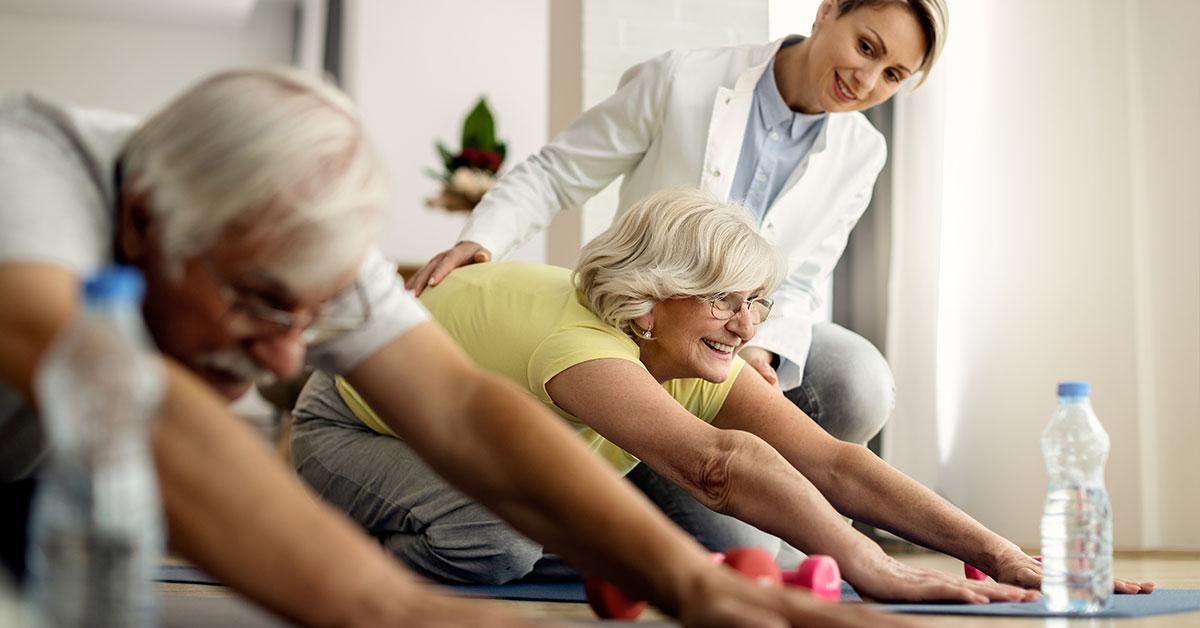1. Evaluate the Environment: Conduct a thorough assessment of your community’s physical environment to identify potential hazards such as uneven surfaces, loose rugs, poor lighting, or cluttered walkways. Ensure that handrails are installed in hallways and stairwells.
2. Promote Regular Exercise: Encourage senior residents to participate in exercise programs tailored to improve balance, strength, and flexibility. Offer a variety of classes such as yoga, tai chi, or gentle aerobics to keep them motivated and engaged.
3. Educate Staff: Provide ongoing training to your staff on fall prevention strategies, recognizing early signs of balance issues, and assisting residents with mobility challenges. Ensure that they are well-equipped with the knowledge and skills to respond in case of an accident.
4. Medication Management: Collaborate with healthcare professionals to review residents’ medication regimens regularly. Some medications may have side effects that can increase the risk of falls. It is essential to identify and address these issues promptly.
5. Vision Care: Encourage residents to have regular eye exams to detect any vision changes that may affect their balance and coordination. Ensure that prescription eyewear is up to date and properly fitted.
6. Assistive Devices: Evaluate residents’ needs for mobility aids such as walkers, canes, or wheelchairs. Provide adequate training on how to use these devices safely and maintain them in good working condition.
7. Improve Lighting: Ensure that all common areas, hallways, and entrances are well-lit to minimize the risk of accidents due to poor visibility. Install motion-activated lights in strategic locations to improve lighting coverage.
8. Regular Maintenance: Establish a routine maintenance schedule to promptly address any maintenance issues such as loose handrails, broken tiles, or slippery surfaces. Encourage residents to report any hazards they observe.
9. Intelligent Sensors: Provide residents with
10. Engage Residents: Foster a sense of community and encourage residents to participate in social activities and events. Loneliness and social isolation can contribute to an increased risk of falls. By creating a supportive and engaging atmosphere, you can help improve residents’ overall well-being and reduce their fall risk.
Remember, preventing falls requires a comprehensive and ongoing approach. Regularly evaluate and update your fall prevention strategies to address the unique needs and challenges of your community’s senior residents.

